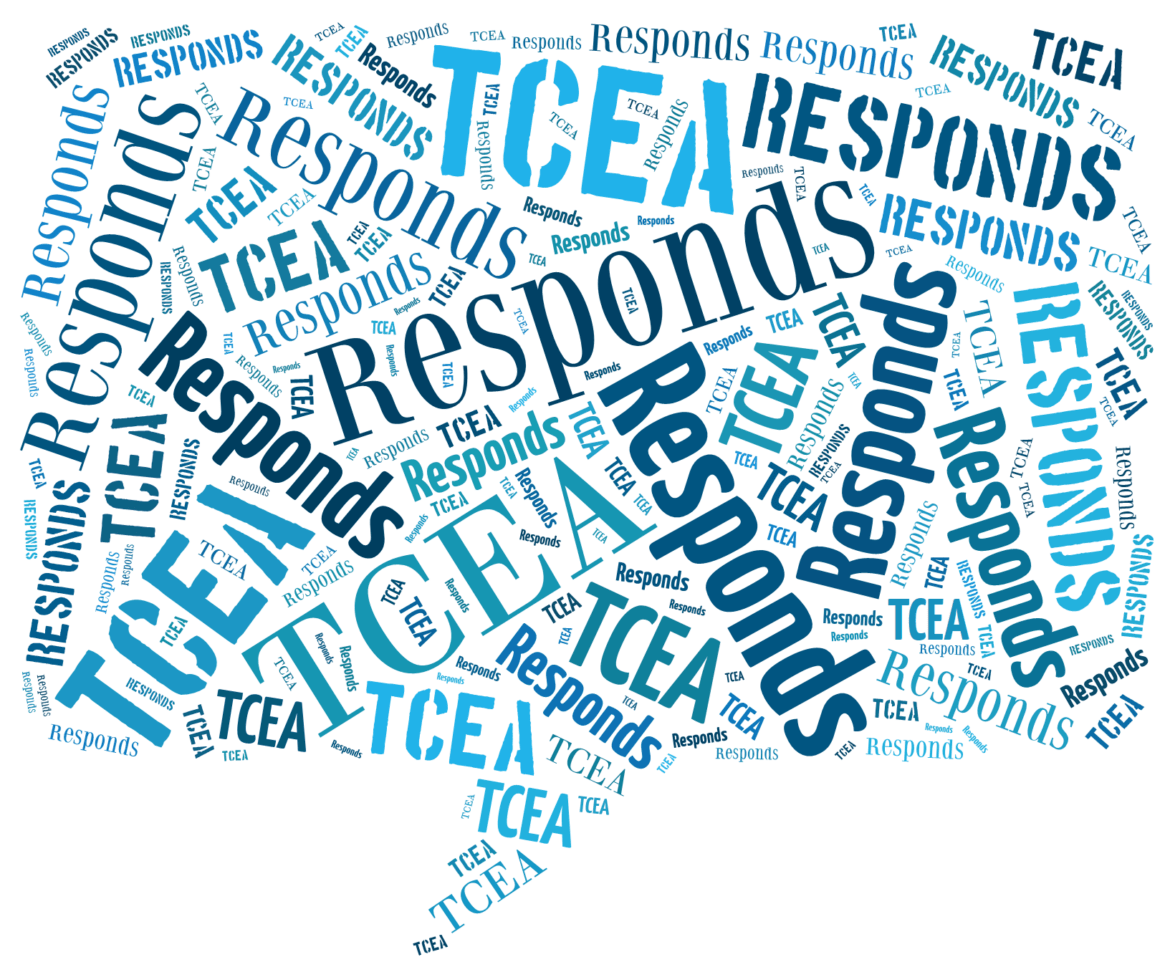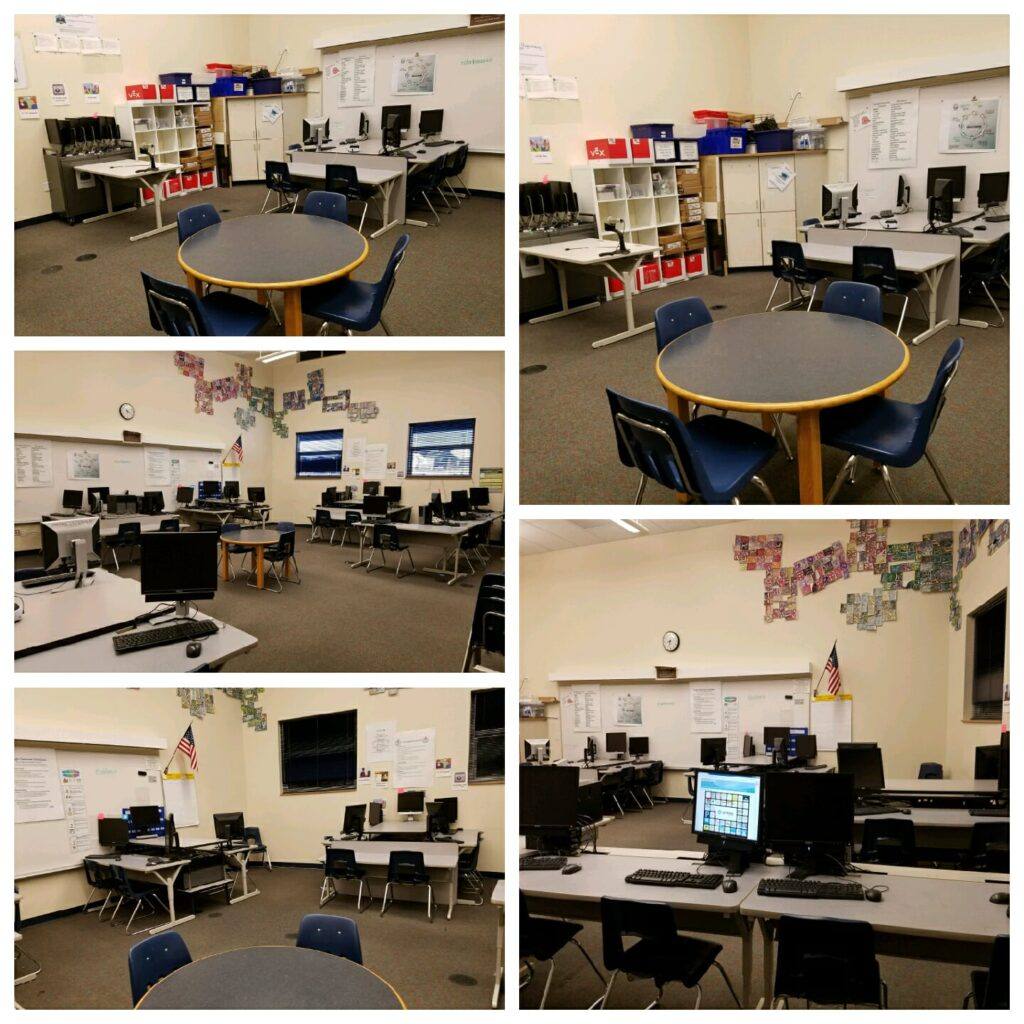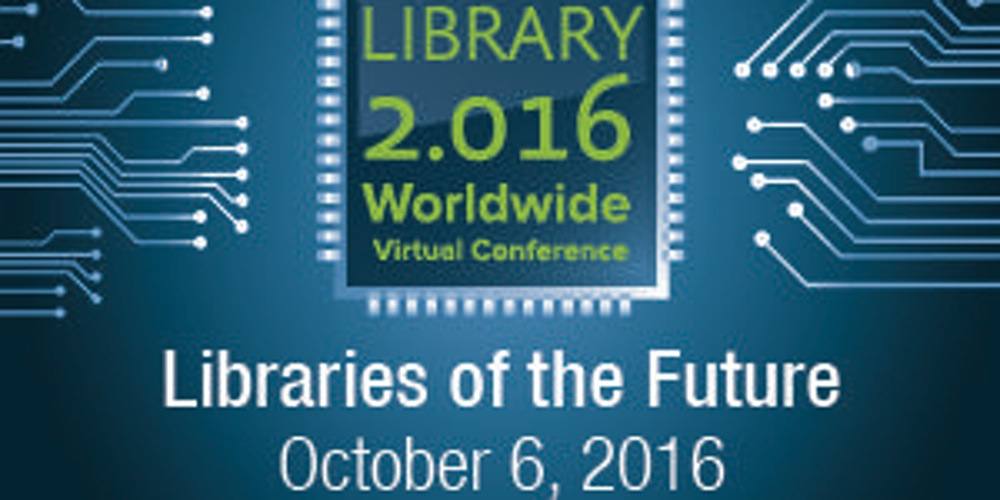When working on ways to reimagine your library space, it can be easy to feel overwhelmed. It’s hard to know where to start, or if change is even possible — especially if you have little to no budget. Here are some tips that can help you take on your space, one step at a time.
Tip #1: Identify the Problems in Your Space
We all know that our libraries have problem areas. Maybe the printer is located on the opposite side of the library from the computers and students have to dash across to get their printouts. Or there’s a furniture layout issue that’s always causing traffic jams. Take some time to jot down these areas. Survey your students and teachers (I’m partial to digital surveys). Find out what they love about the library and what they would change. Learn what their ideal study/work environment is. Their answers might surprise you — and they can guide you as you formulate your plans.
Once you’ve figured out what some of your problem areas are, start taking photos and gathering data on their impact. This will help you when it comes time to write a grant or ask your administration for funding; having visuals of what the problems are can be very effective. For more on problem spaces in your library, check out my AASL post: How to Identify and Reframe Design Problems in Your Space.
Tip #2: Make Plans
As you start to work through your survey data and document your problem areas, it’s a good time to start making plans and brainstorming ideas about what you’d like to do in your space. Look for various places to find inspiration for your facility (here are some good places to visit). Find digital inspiration on Pinterest; it can be an excellent way to discover beautifully-designed schools and libraries. Check out my Library and Learning Space Design board to get started.
If you feel like taking your plans to the next level, create a layout diagram or floor plan of your space (tutorial here). Even if you just throw some shapes into Google Slides or sketch out your space on paper, take the time to get a bird’s eye view of the layout and how everything fits together. It may help you see possibilities you hadn’t noticed before.
Tip #3: Work with What You’ve Got
Many people assume that you can’t change up your library space until you get funding. But you don’t need a grant for thousands of dollars to change up your space. There’s plenty of changes you can make that cost little to nothing. Even if you know that funding is coming down the line, start prototyping ideas with free or low-budget solutions. This will help you to know if more costly options are worth it (for more on this idea, check out the book Make Space: How to Set the Stage for Creative Collaboration).
Remove furniture and shelving that you don’t need and see what it does to open up the space. Get some friends to help you rearrange your tables, floor shelves, and other items that aren’t bolted to the floor. Sometimes a new furniture layout can work wonders.
Tip #4: The Collection Is Part of the Space
Usually when we think about the library space, we tend to focus on things like furniture, paint colors, rugs, etc. But the physical books in our library are a part of the space as well. Make sure your collection is well-weeded and that you’re adding books that students are excited to read. If possible, consider genre-fying your collection, or at least using labels or stickers to help students find the genres they love.
Tip #5: Spruce Things Up
Sometimes the little things can make a big difference like painting a wall or a pole a bright color, adding an interactive element like a whiteboard or chalkboard wall or, building a LEGO wall. Design new signage to help your students find things. Yes, some of these cost money, but the investments are relatively small, and the payoff can be huge.
Additional Resources
- Reimagining Library Spaces: Transform Your Space on Any Budget: In my book, Reimagining Library Spaces, I breakdown a practical process for rethinking and redesigning a library space, no matter where your budget. Each chapter includes action steps and connections to the ISTE standards. The book also includes examples of four different reimagined library spaces.
- Learning Space Design Resources page: On this page, I’ve curated various resources that I’ve found useful for thinking about library and learning space design.
- The Space: A Guide for Educators: Robert Dillon and Rebecca Hare’s book offers up a ton of fantastic ideas for prototyping change in your space and getting your students involved in the process.
- Library Spaces for 21st Century Learners – This book from AASL is a fantastic resource for planning changes to your space. I especially love the advice on surveys and focus groups and how to transform that data into actionable steps.
Diana Rendina is the media specialist at Tampa Preparatory School, an independent 6-12 school. Previously, she was the media specialist at Stewart Middle Magnet School where she transformed their library and piloted their makerspace program. Diana has received several awards including the 2016 International Society for Technology in Education Outstanding Young Educator Award and the 2015 American Association of School Librarians Frances Henne award. She co-authored Challenge-Based Learning in the School Library Makerspace and is the author of Reimagining Library Spaces: Transform Your Space on Any Budget. You can find her blog, Renovated Learning, here.



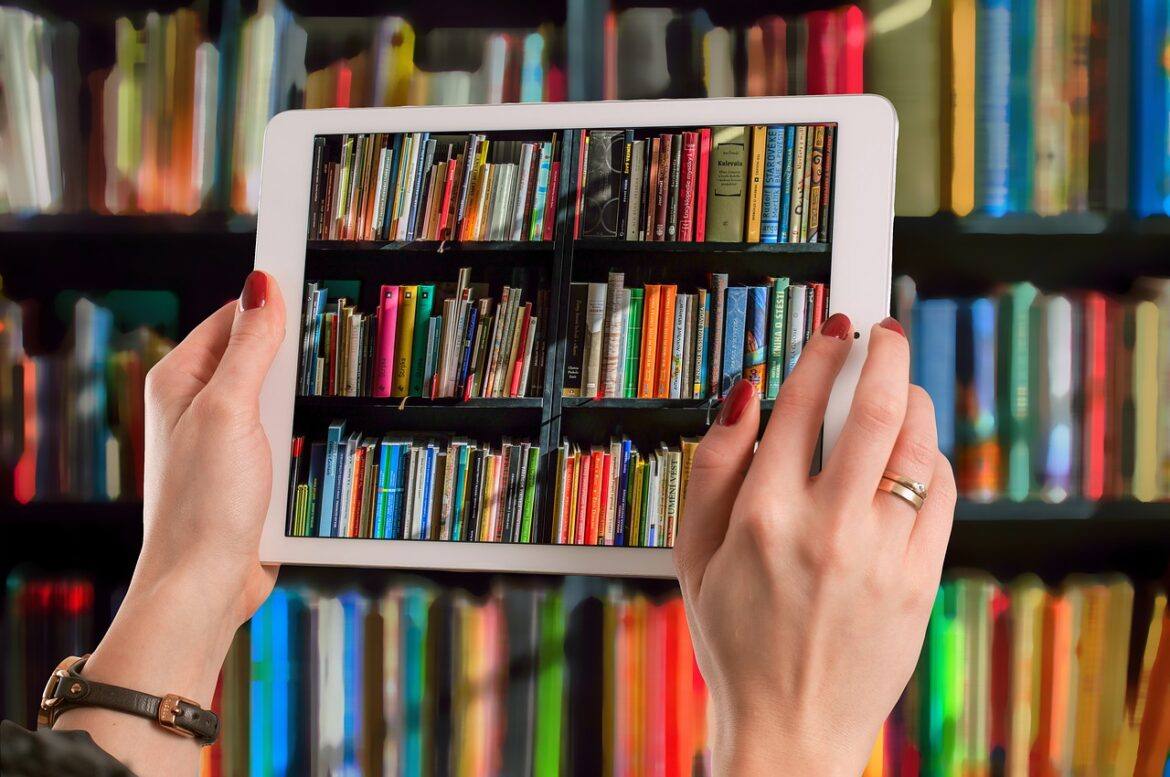

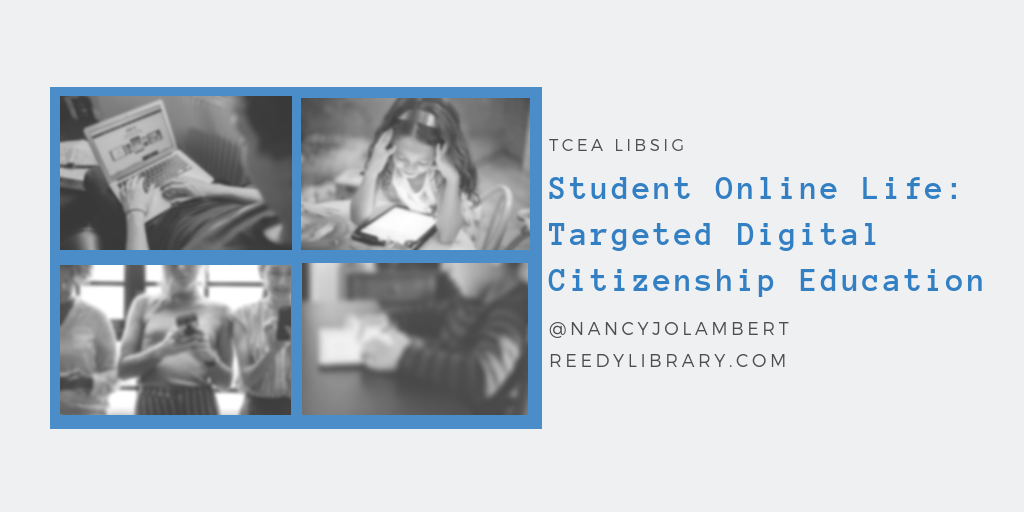
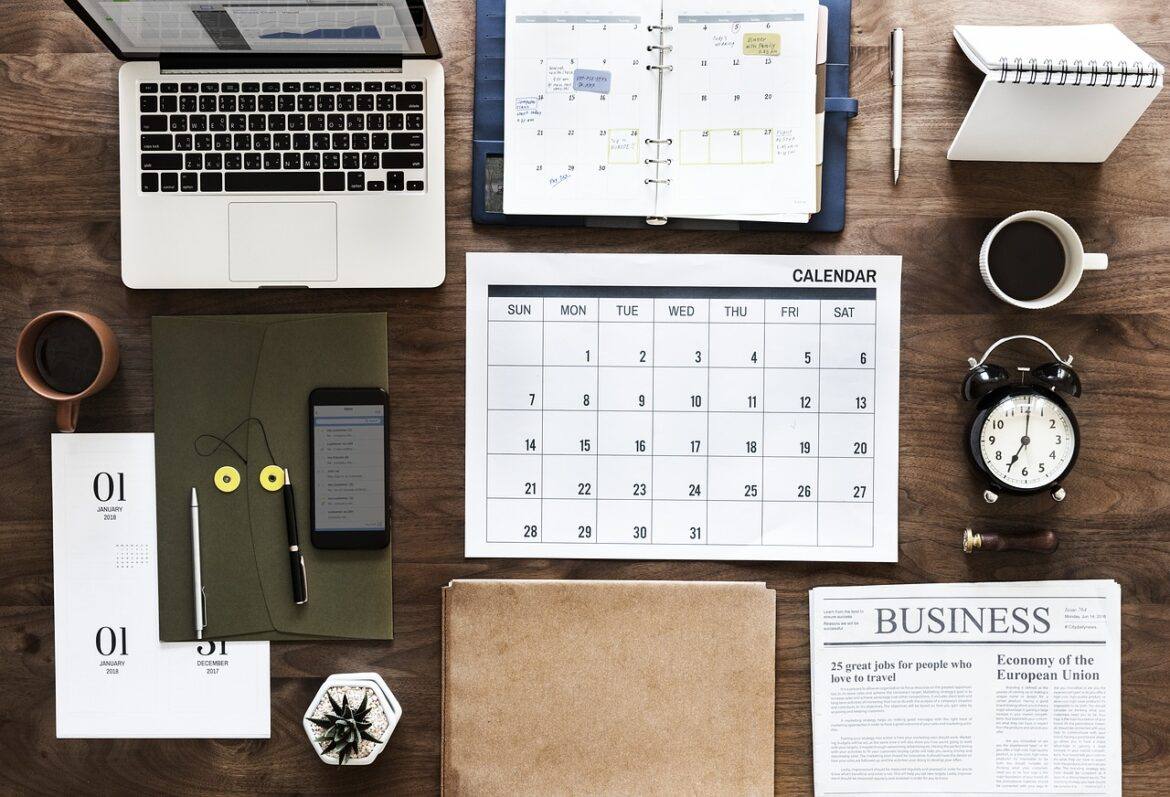


 If you’re a regular reader, you know that each month we like to feature the story of one of our fantastic members on this blog. We feel it’s important to recognize all the amazing things educators are doing in the field, and our members are doing some pretty unbelievable things. This month, we’re fixing the spotlight on Becky Calzada, a Library Services Coordinator in Leander ISD. Read on to learn how Becky supports librarians on a daily basis, what she thinks about the evolution of the school library, and her best tech tips.
If you’re a regular reader, you know that each month we like to feature the story of one of our fantastic members on this blog. We feel it’s important to recognize all the amazing things educators are doing in the field, and our members are doing some pretty unbelievable things. This month, we’re fixing the spotlight on Becky Calzada, a Library Services Coordinator in Leander ISD. Read on to learn how Becky supports librarians on a daily basis, what she thinks about the evolution of the school library, and her best tech tips.